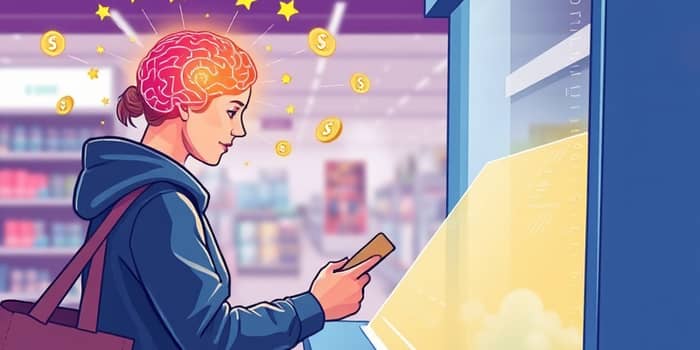
In today’s cashless world, credit cards have become the default way to pay. While they offer unmatched convenience and security, plastic also has a hidden influence on our brains and wallets.
Despite widespread financial literacy, many cardholders find themselves facing mounting balances and unexpected bills. The paradox of debt in an era of easy access to information begs the question: why do we spend more when paying with credit?
Research using functional MRI has revealed that paying with cash activates the insular cortex, the region associated with negative emotions like pain and loss.
By contrast, a simple swipe of plastic bypasses this pain of paying mechanism, reducing the immediate discomfort of parting with money. An MIT study found participants spent nearly twice as much on identical items when using credit compared to cash.
At the same time, credit purchases trigger heightened activity in the striatum, our dopaminergic reward center. This instant pleasure feedback loop reinforces swiping behavior, making each transaction feel gratifying.
Scientists liken this dual effect—easing discomfort while amplifying reward—to “releasing the brakes” and “stepping on the gas” in one seamless motion.
The concept of mental accounting explains how people categorize money into separate budgets or “accounts,” often irrationally.
Credit cards amplify this tendency by abstracting costs, allowing consumers to mentally separate spending from actual loss. A vacation purchase feels detached from daily expenses, for example.
As a result, shoppers may approve impulse buys they would reject if tendering bills and coins.
Emotions play a significant role in overspending with credit cards. Nearly half of Americans admit that feelings like stress or excitement drive them to swipe carelessly.
Marketing tactics exploit this vulnerability by offering limited-time deals and urging shoppers to act now or miss out.
This fear of missing out pressure compels cardholders to believe they must seize bargains immediately, often before they can truly afford them.
Retail therapy, or purchasing to improve mood, further intensifies the cycle.
Credit-card companies design reward systems to resemble games, offering points, cash back, and tiered status levels.
These incentives cultivate a perceived promise of future rewards, encouraging consumers to spend more in pursuit of benefits.
Unlike cash, credit payments arrive weeks after purchases. This separation decouples the joy of buying from the reality of paying.
When the statement finally arrives, the psychological hit is often postponed or ignored, leading to minimum payments and ballooning interest.
Over time, this dynamic fosters a cycle where consumers spend beyond their means and feel trapped under growing debt.
Repeated activation of reward pathways through frequent swiping may condition the brain to seek the next hit, mirroring addictive behaviors seen with substances.
This cycle can be especially dangerous for individuals prone to compulsive tendencies.
Recognizing credit-card usage as a potential habit-forming feedback loop is the first step toward regaining control.
Understanding these underlying mechanisms empowers consumers to adopt strategies that restore the missing friction in credit spending.
By reintroducing a sense of loss and delay, you can counteract the brain’s bias toward immediate reward and loosen the grip of debt.
Ultimately, cultivating cognitive awareness as a tool against impulsive swiping ensures that plastic enhances your financial life rather than controlling it.
References













